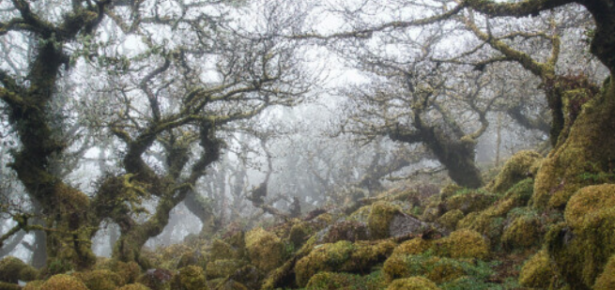
Evolutionary biologists are storytellers. We are in the business of telling more or less informed stories about the evolution of lineages. But we operate under a curse. What we are most interested in, our eyes can’t see, and what we can see is literally beside the point. We can glimpse evolution’s invisible highways only through its observable byways. We can access the invisible realm of ancestors and descendants only indirectly through inferences based on the visible traits of taxa in the realm of collateral relatives. It is this unique mix of observation and inference, of evidence and guesswork, of facts and fantasy, which makes the science of evolutionary storytelling so alluring, so exciting, and so fallible.
In this book I trace the history of narrative phylogenetics—the science of evolutionary storytelling—from its pre-evolutionary roots to the present day. I outline the conceptual shifts involved in transforming a static view of nature into a dynamic view, where the branching evolutionary relationships between taxa are understood to be the products of the linear descent and divergence of evolving lineages. I discuss the enduring challenges of what I call lineage thinking, which involves weaving linear evolutionary narratives with branching evidence.
Several influential voices in the professional, popular, and educational literatures have misconstrued lineage thinking, and as a consequence have spread deeply misleading views that continue to impact current thinking. Notable among these is the late Stephen Jay Gould, whose confused views about the evolution of lineages I discuss in detail. His failure to properly grasp the connection between the linear realm of evolutionary descent and the branching realm of systematic relationships between taxa led him to falsely condemn linear evolutionary imagery and stories.
The same confusion has led other authors to the spurious claim that Ernst Haeckel’s trees were thinly veiled scala naturae or ladders of life, not Darwinian phylogenies. I take a detailed look at how Haeckel, the first fulltime evolutionary storyteller, and other biologists and palaeontologists in the late-nineteenth and early-twentieth centuries, reconstructed the evolution of lineages with the evidence offered by fossils, embryos, and comparative morphology. I show the degree to which evolutionary intuitions complement fragmentary evidence in the spinning of evolutionary stories, and I analyse the clash of intuitions and evidence in several persistent debates about the evolution of animals. I also explore how and why certain evolutionary plot lines—for instance evolution going from simple to complex morphologies—are so attractive that evolutionists have allowed them to drive many different stories.
Philosophical and methodological advances in systematic biology from the mid-twentieth century onwards have fundamentally transformed the direct, narrative approach to reconstructing the phylogenetic history of lineages. But although evolutionary storytelling has changed, it cannot be escaped. Evolutionary biologists are nature’s biographers. Like biographers we try to answer the who, what, where, how, and why questions in the lives of our central subjects, which are evolving lineages. Although we generate these answers today by applying sophisticated statistical methods to increasingly diverse and expanding datasets, we continue to integrate them into evolutionary narratives. It will always be thus.
Title: Ancestors in Evolutionary Biology
Linear Thinking about Branching Trees
Author: Ronald A. Jenner
ISBN: 9781107105935
Latest Comments
Have your say!